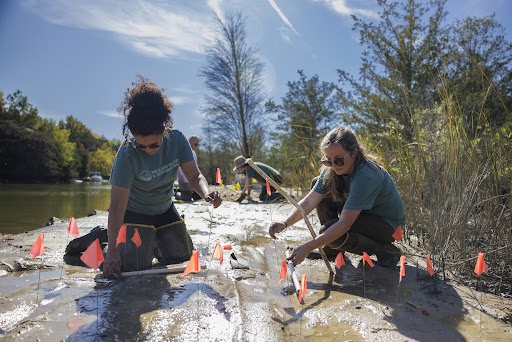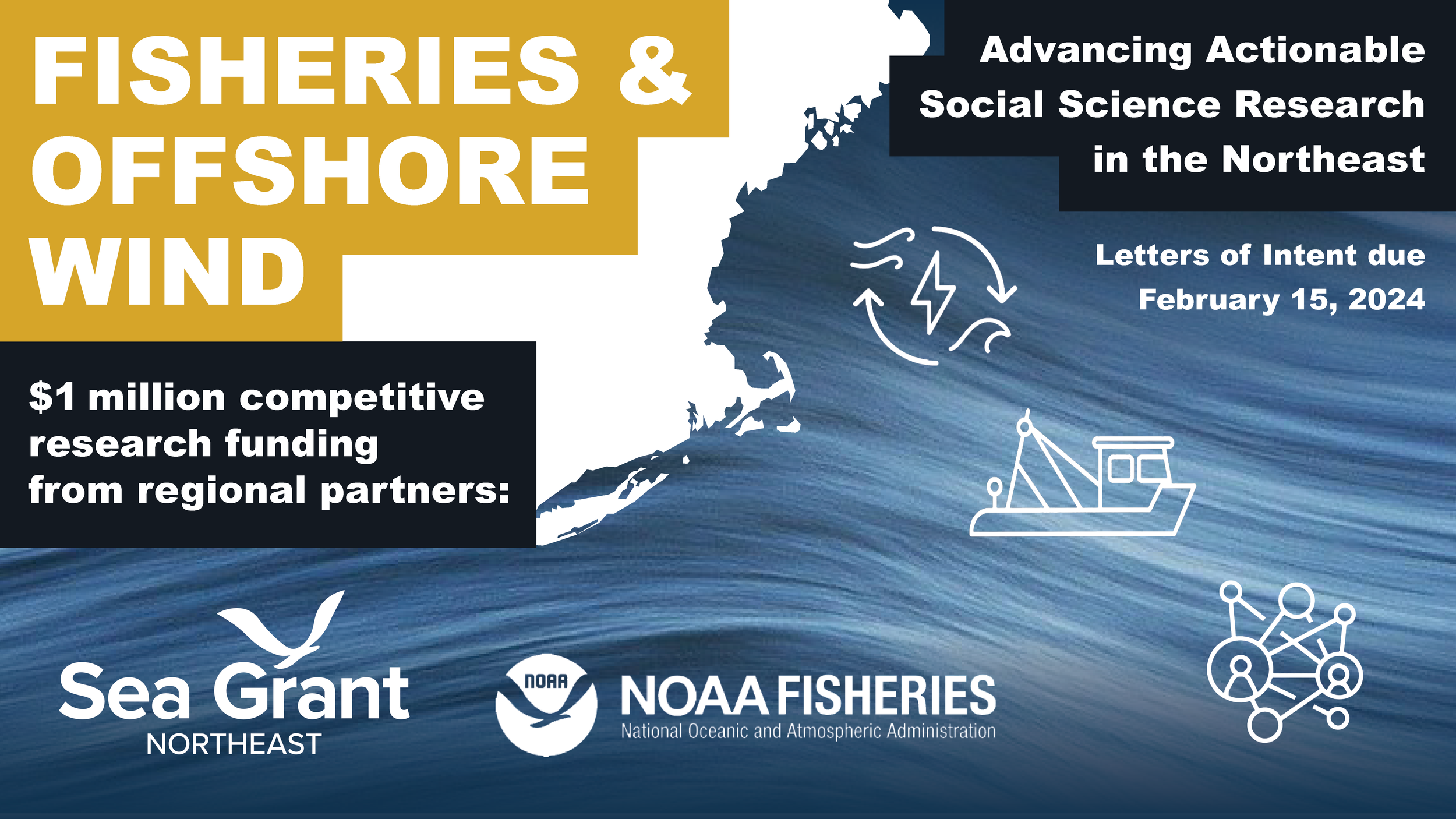Sea Grant works to prepare coastal communities and increase their resilience to hurricanes and coastal storms.
By Robin Garcia, National Sea Grant Office
Hurricane Season has just begun for the eastern Pacific, and the season is set to begin June 1 for the central Pacific and the Atlantic. During this time, it is difficult to forget storms that are still so strong in the minds of Americans, notably Katrina and Sandy. In light of such events, NOAA Sea Grant has worked with local and federal governments, as well as local stakeholders, to learn from the past in order to better prepare for the future. Many of these projects and tools can be found in the National Sea Grant Resilience Toolkit.
Here are some projects in hurricane and coastal storm preparedness that have been completed by Sea Grant programs.
North Carolina Sea Grant has partnered with the North Carolina Department of Insurance and the Institute for Businesses and Home Safety Fortified training program to increase building and design standards and safety. By following NCSG’s storm mitigation recommendations, coastal property owners can reduce wind and water damage to their homes from hurricanes, often at a modest cost. Following these recommendations can also significantly lower insurance costs. NCSG also worked with FEMA to assess the collapse of wood-frame residences following Hurricane Ike to predict the response of structures to combined loadings from hurricanes.
Wisconsin Sea Grant’s coastal engineer was selected as a Great Lakes region specialist in 2013 by the US Department of Transportation following Hurricane Sandy. Information and feedback from region specialists allow the Department of Transportation to incorporate extreme coastal events into the planning and design of highways in coastal environments.
The Coastal Community Resilience Index, developed by Mississippi-Alabama Sea Grant, has been utilized in 48 coastal communities within the Gulf region. MASGC has also trained many facilitators to deliver the tool and provide assistance in communities. The self-assessment tool allows community leaders, including elected officials, emergency managers, and public works directors, to identify vulnerabilities, get the most out of strengths, and judge future impacts from hurricanes and other coastal storms. As of 2013, at least 10 municipalities have taken action to improve resilience to natural hazards.
USC Sea Grant helped secure over $1M in 2013 to support the development of downscaled sea level rise and coastal storm modeling for southern California. USCSG was also asked to provide outreach, communication, and training to make sure that the model meets user needs and supports policy and planning decisions.
In collaboration with NOAA’s National Severe Storm Laboratory, Woods Hole Sea Grant developed a Marine Extension Bulletin in 2012 focused on hurricanes and “nor’easters”. The bulletin covers the differences between the two types of storms and potential coastal impacts in Massachusetts, especially in terms of coastal erosion. The bulletin was distributed throughout Barnstable County, which includes Cape Cod.
Learn more:
Hurricane Preparedness Week: Making Yourself Hurricane-Proof 10 Years after Katrina and Rita


